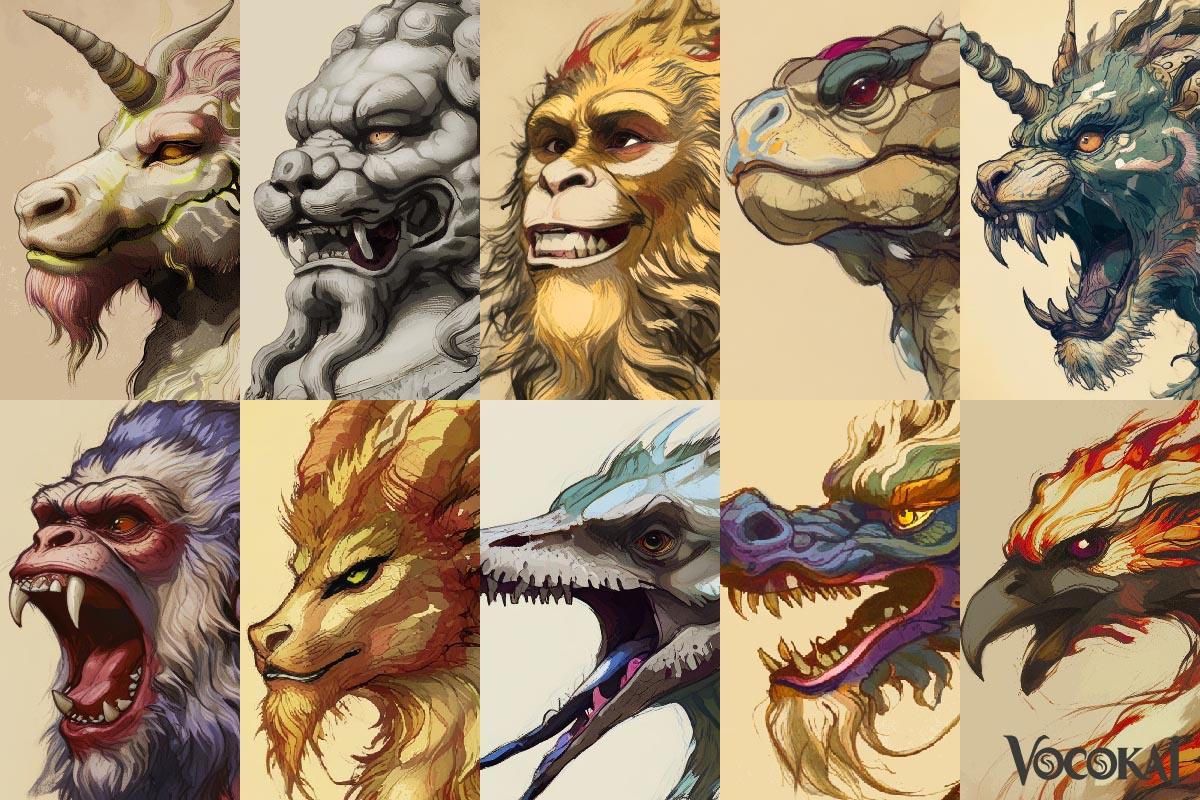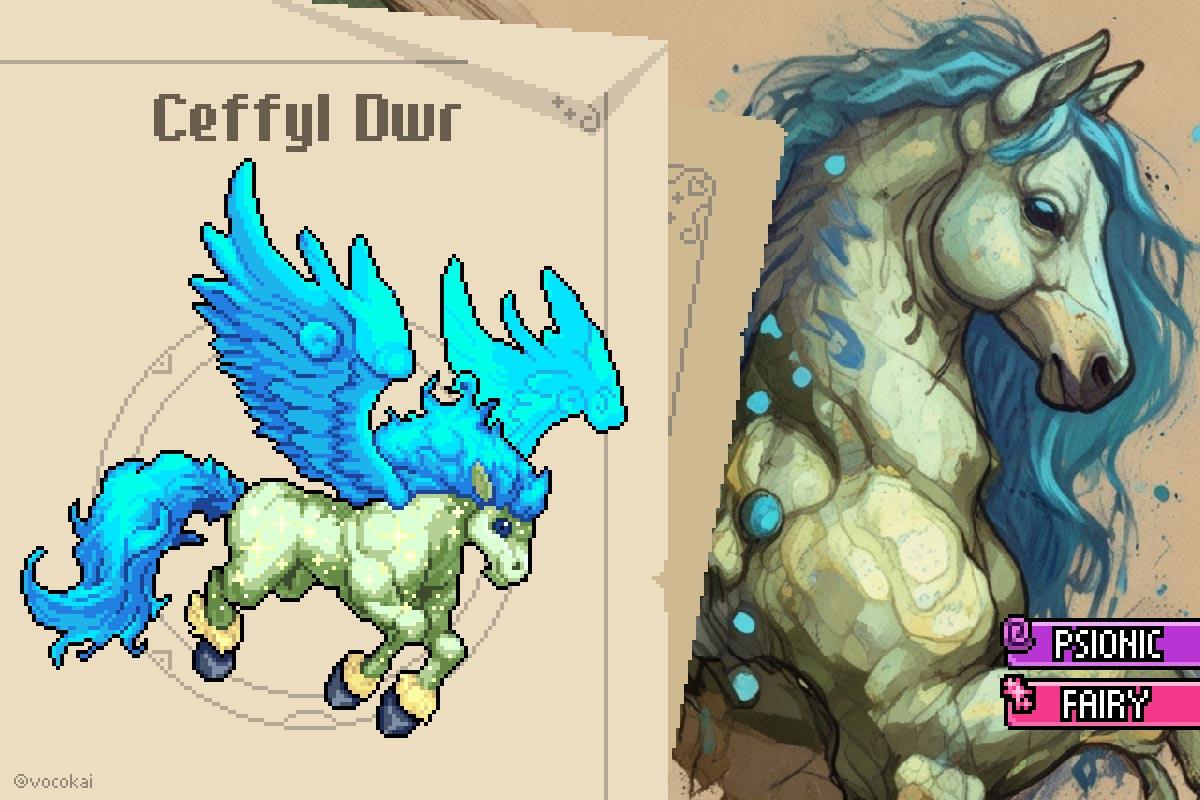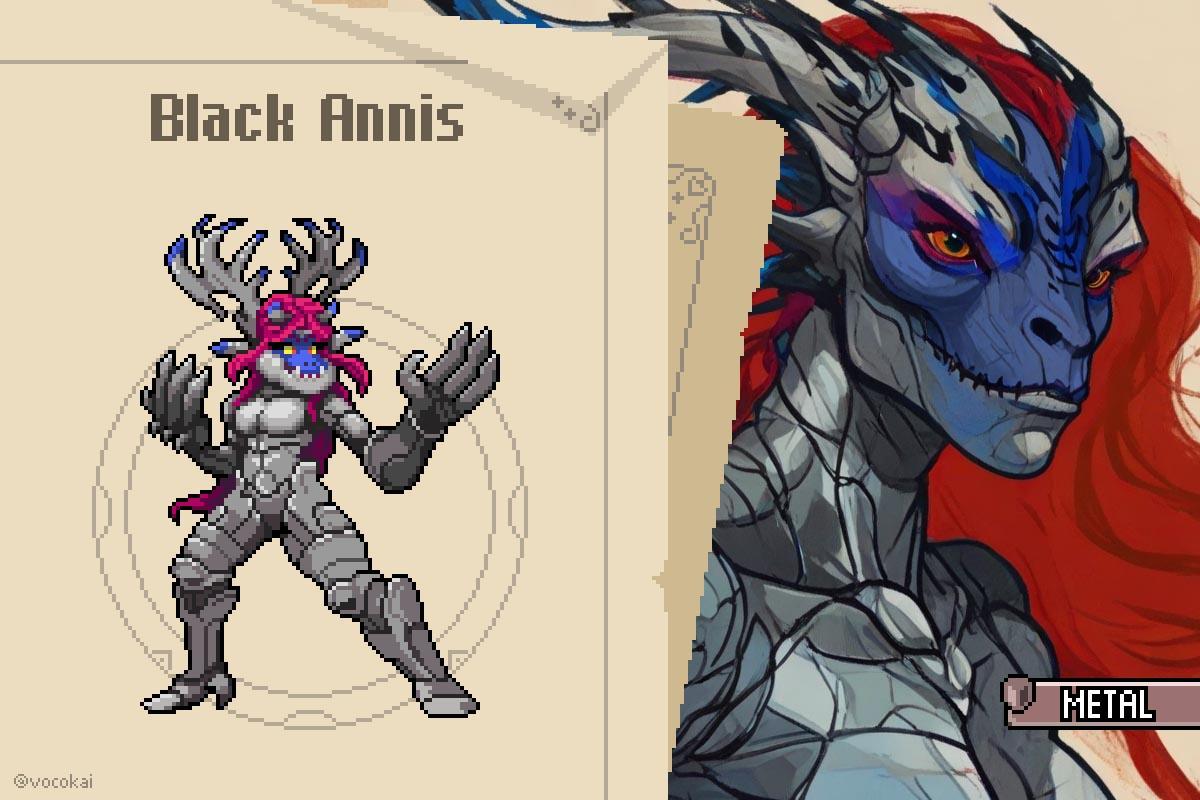Introduction: Leprechaun
The Leprechaun, a mischievous and elusive figure from Irish folklore, is often portrayed as a small, bearded man clad in green, with a love for trickery and treasure. Known for guarding hidden pots of gold at the end of rainbows, the Leprechaun embodies the mystery and magic of Ireland’s ancient myths. With its quick wit and clever deceptions, the Leprechaun serves as both a symbol of luck and a reminder of the unpredictable nature of fortune. Rooted in centuries-old storytelling, the Leprechaun reflects Ireland’s rich cultural heritage and the enduring allure of the supernatural.
The Origin and Cultural Variations
The Leprechaun’s origins are deeply rooted in Irish mythology, with its earliest references found in medieval tales where it was known as “luchorpán,” meaning “small body” in Old Irish. Originally, leprechauns were thought to be water spirits, but over time, they evolved into solitary fairies associated with mischief and wealth. Cultural variations of the Leprechaun exist, with some stories portraying it as a harmless trickster who enjoys playing pranks on humans, while others depict it as a more sinister figure capable of exacting revenge on those who try to steal its treasure. These differing portrayals highlight the complex relationship between luck, greed, and fortune in Irish folklore, as well as the broader connection between humans and the fairy realm in Celtic tradition.

Historical Significance: Leprechaun
The Leprechaun holds a significant place in Irish folklore, symbolizing the unpredictable nature of fortune and the enduring charm of Ireland’s mythical past. Historically, the Leprechaun has been viewed as a representation of the cunning and resourcefulness associated with Ireland’s people, embodying both wit and mischief. Stories of these elusive tricksters have been passed down for centuries, often linked to the theme of hidden treasure, which resonated with the hardships faced by rural communities. The Leprechaun also plays a key role in shaping Ireland’s cultural identity, with its legends serving as a reminder of the importance of storytelling, tradition, and the mystical connection to the land. Its enduring presence in Irish myth highlights themes of luck, greed, and the balance between human ambition and the forces of nature, making the Leprechaun a powerful figure in both local folklore and broader Irish cultural heritage.
Cultural Variations: Leprechaun
The Leprechaun, while distinctly Irish, shares common traits with other trickster and treasure-guarding beings found in global folklore. In Scottish mythology, the “Brownie” is a household spirit that, while generally helpful, can turn mischievous if offended, reflecting the Leprechaun’s dual nature of aid and trickery. Similarly, in Welsh tradition, the “Coblynau,” small mine-dwelling creatures, are believed to hoard treasure and can be either helpful or harmful, depending on their mood, mirroring the Leprechaun’s role as a guardian of hidden riches. Across European folklore, the idea of small, elusive beings—such as German “Kobolds” or Nordic “Tomte”—connects to the Leprechaun through themes of mischief, hidden wealth, and unpredictable behavior. These cross-cultural variations highlight the universality of mythic figures that straddle the line between benevolence and trickery, reflecting humanity’s fascination with luck, fortune, and the mysterious forces at work in the world around us.


Modern Interpretations: Leprechaun
In modern culture, the Leprechaun has transcended its folkloric roots to become a widely recognized symbol of Irish heritage, often associated with themes of luck, mischief, and hidden wealth. While traditional tales emphasize the Leprechaun’s trickster nature and role as a solitary guardian of treasure, contemporary interpretations have expanded its character. Today, the Leprechaun often appears in popular media, from children’s stories to films, where its image has been commercialized and softened, turning it into a more playful, approachable figure. However, in some modern narratives, the Leprechaun retains its darker, more enigmatic aspects, serving as a metaphor for the unpredictability of fortune and the consequences of greed.
Shaping Childhood Fear Across Cultures: Leprechaun
The Leprechaun, while often seen as a mischievous yet playful figure, has also played a role in shaping childhood fears and behaviors, particularly within Irish culture. As a trickster, the Leprechaun’s ability to deceive and manipulate serves as a cautionary figure, reminding children to be wary of greed, dishonesty, and the unpredictable nature of fortune. While not as overtly fearsome as creatures like the Knucker, the Leprechaun’s stories emphasize the consequences of trying to outwit magical forces for selfish gain, teaching children to respect boundaries and heed warnings from elders.
Today, the Bluecap’s legend is also invoked in discussions around the heritage of mining communities, acting as a link to the past and a reminder of the struggles faced by those who once relied on these tales for comfort and protection. As folklore continues to merge with modern storytelling, the Bluecap remains a unique figure—less a harbinger of doom and more a symbol of hope in the face of adversity, ensuring that its legacy endures in both historical memory and contemporary cultural narratives.


Appearance
The Leprechaun is a distinctly charming and whimsical figure in Irish folklore, characterized by a variety of features that highlight his playful and cunning nature:
- Short Stature
- Green Attire
- Distinctive Hat
- Beard and Facial Features
- Short Stature:Typically standing between two to three feet tall, the Leprechaun is portrayed as a small, human-like creature. This diminutive size adds to his elusive quality, allowing him to hide easily from those who might seek his treasure.
- Green Attire:The Leprechaun is most commonly depicted wearing a bright green coat and trousers, symbolizing his connection to Ireland’s lush landscape. His outfit often includes a buckled belt and shoes, which are sometimes adorned with gold buckles. In earlier stories, he may have been shown in red, but the green ensemble has become iconic.
- Distinctive Hat: A hallmark of the Leprechaun’s appearance is his tall, pointed hat, often decorated with a band or buckle. This hat not only emphasizes his whimsical nature but also signifies his magical abilities. Some depictions feature a shamrock or other Irish symbols on his hat.
- Beard and Facial Features:The Leprechaun typically sports a long, white or gray beard, adding to his characterization as a wise, albeit mischievous, figure. His face is often depicted with twinkling eyes that reflect his playful spirit and cunning intelligence, showcasing a blend of charm and trickery.

The Leprechaun exhibits a range of behaviors that highlight its playful yet cunning nature, reflecting its role in Irish folklore as both a trickster and guardian of hidden treasures. Key aspects of its behavior include:
Guardian of Hidden Treasures
The Leprechaun is famously known for guarding pots of gold, typically hidden at the end of rainbows. This behavior underscores its role as a protector of wealth, reflecting the importance of treasure in Irish folklore. The Leprechaun takes great pride in safeguarding its gold, employing clever tactics to ensure that only the worthy may find it.
Mischievous Trickster
True to its reputation, the Leprechaun often engages in playful trickery. It delights in playing pranks on unsuspecting humans, using its wit and cleverness to outsmart those who try to capture it or steal its treasure. This behavior not only entertains the Leprechaun but also serves as a reminder of the unpredictable nature of luck and fortune.
Cunning Deception
The Leprechaun is skilled in deception, often using charm and clever words to disarm its pursuers. It may pretend to grant wishes or offer guidance, only to lead people astray or leave them with riddles. This cunning nature showcases the Leprechaun’s ability to manipulate situations to its advantage, emphasizing the importance of being wary of appearances.
Evading Capture
The Leprechaun possesses a remarkable ability to evade capture. When pursued, it is known to vanish into thin air or escape through clever tactics, leaving its would-be captors confused and frustrated. This behavior highlights the creature’s agility and reinforces its status as an elusive figure in folklore, where capturing a Leprechaun often brings good fortune.
Cultural Storyteller
In addition to its mischievous antics, the Leprechaun often plays the role of a storyteller in Irish culture. Through its tales, it shares wisdom, warnings, and the lessons of tradition, contributing to the rich tapestry of folklore. This behavior emphasizes the Leprechaun’s connection to Irish heritage and the oral storytelling tradition that keeps cultural values alive.
The Influence of the Leprechaun
The Leprechaun’s influence stretches well beyond its roots in Irish folklore, significantly shaping cultural expressions and artistic interpretations over the centuries. This iconic figure resonates deeply within Irish culture and the global perception of Irish identity, often symbolizing luck, mischief, and the enchanting qualities of the Emerald Isle. As a metaphor for both fortune and folly, the Leprechaun serves as a reminder of the complexities of desire and ambition, highlighting the unpredictability of luck and the consequences of greed.

Overall, the Leprechaun’s enduring influence reflects the rich tapestry of Irish folklore and its ability to resonate across cultures and generations, reminding us of the power of storytelling and the universal themes that connect us all.

















